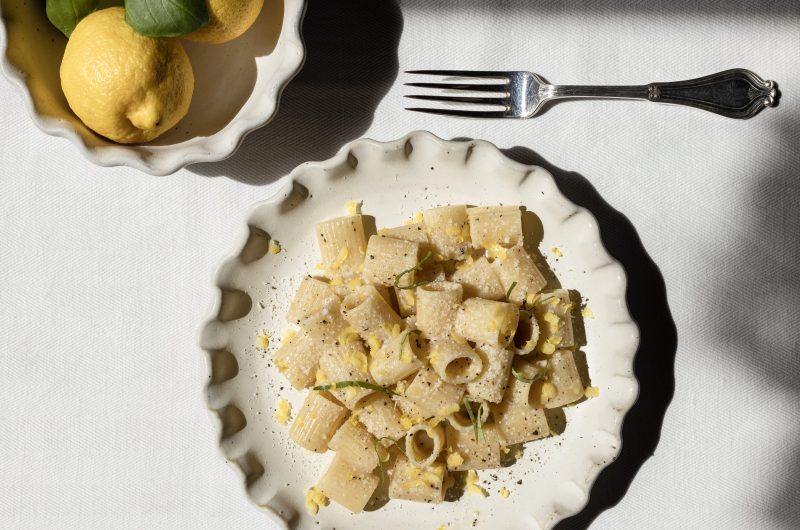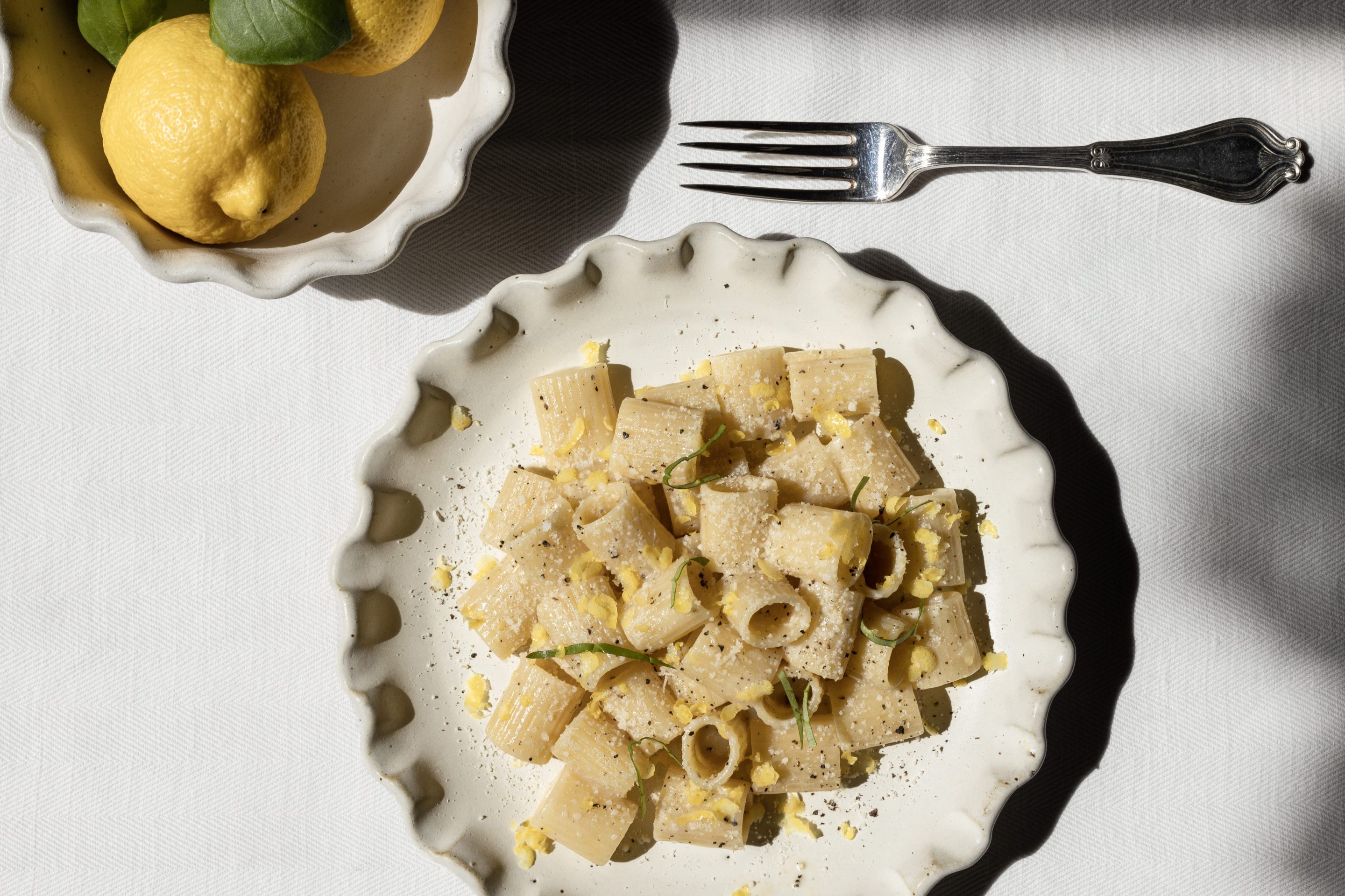It’s easy to romanticize a rustic kitchen somewhere in the Italian countryside complete with some sweet Nona stirring a sauce that she’s been cooking for hours on end. In real life, and as it happens in Italy too, sometimes you need something fast, easy and delicious. My go-to recipe is something that at my house is referred to as “Pasta alla Moglie” or “The Wife’s Pasta.” This is because for a while this was my wife’s favorite, and I could expect it to be her answer before I even asked what she would like for dinner.
For me, it’s a win win. With only a handful of ingredients, I can make a variation on the Italian classic Cacio e Pepe, and in my own way honor one of my favorite historical periods of Italian cultural history. What we might see as a simple “cucina povera” (poverty cuisine) dish today would have been a show of wealth and influence 500 years ago.
Living just 25 minutes south of Florence and being a bit of an amateur historian myself, I can’t stroll the streets of the Renaissance capital without my mind drifting to the story of the Medici family. Powerful bankers during the early and high Renaissance, their wealth and love of arts and culture shaped who we are today. Their palatial estates and collection of art and artist were the obvious displays of influence. The more subtle flex however came in the form of simple citrus. A display of lemons, oranges, and mandarins artfully arranged on a tablescape was their way of saying, “We have it all.”
The Tuscan hills, while perfect for wine and olive oil, is simply too cold for citrus to thrive when planted in the ground. So if you found yourself at the Medici table adorned with lemons, it spoke volumes. It said that you not only had the money to get the lemon but you also could afford the giant terracotta pot needed to hold the tree, the staff needed to transport the plants inside in the winter months, and the funds to build the long airplane hanger sized structure know as a “Limonaio.” At the Villa Medici at Poggio e Caiano outside of Florence, Lorenzo the Magnificent’s prized Limonaio can still be visited. The scale is breathtaking, and I’ve never looked at a lemon the same way since.
So, back home when “Pasta alla Moglie” hits the table, it serves two purposes. First and foremost, I get to bring a smile to my wife’s face. And when the first bite hits my tongue, I can imagine myself delighting a historic group of guests marveling at maybe their first ever taste of a luxurious lemon.

Rigatoni Cacio e Pepe, e Limone
4
servings5
minutes10
minutesIngredients
1 lb 1 Rigatoni or other dried pasta of your choice
1 cup 1 grated Parmigiano-Reggiano, plus 1/2 cup for finishing
1 large 1 lemon, preferably organic
3 Tablespoons 3 unsalted butter
fresh cracked pepper
Kosher or Sea Salt for the pasta water
Directions
- Bring stock pot of water to boil.
- Add 2 tablespoons salt to water until salty like the sea.
- Add pasta.
- Zest the lemon with a micro plane or fine grater.
- Juice the lemon and strain out any seeds or pulp.
- With five minutes remaining in pasta cooking time, put large saute pan over medium heat.
- Crack the black pepper directly into pan (about 20 turns of a pepper mill).
- Cook pepper in dry pan until it begins to slightly smoke.
- Add one ladle of pasta water to pan to stop cooking.
- Add butter and 3/4 of lemon zest.
- When pasta is al dente (about one minute less then directions on package), add lemon juice to pan and then add pasta directly from water to the pan.
- Gently toss or stir with a wooden spoon until coated.
- Turn off heat.
- Add 1 cup Parmigiano and mix until coated.
- Plate pasta and finish with remaining cheese, a couple cracks of black pepper and the remaining lemon zest.
- Enjoy!
Notes
- Photo: Meigan Arnone
Did you make this recipe?
Tag @appetitomagazine on Instagram and hashtag it with #italianfoodanddrink
Like this recipe?
Follow @Appetitomagazine on Pinterest
Follow us on Facebook!
Follow us on Facebook







